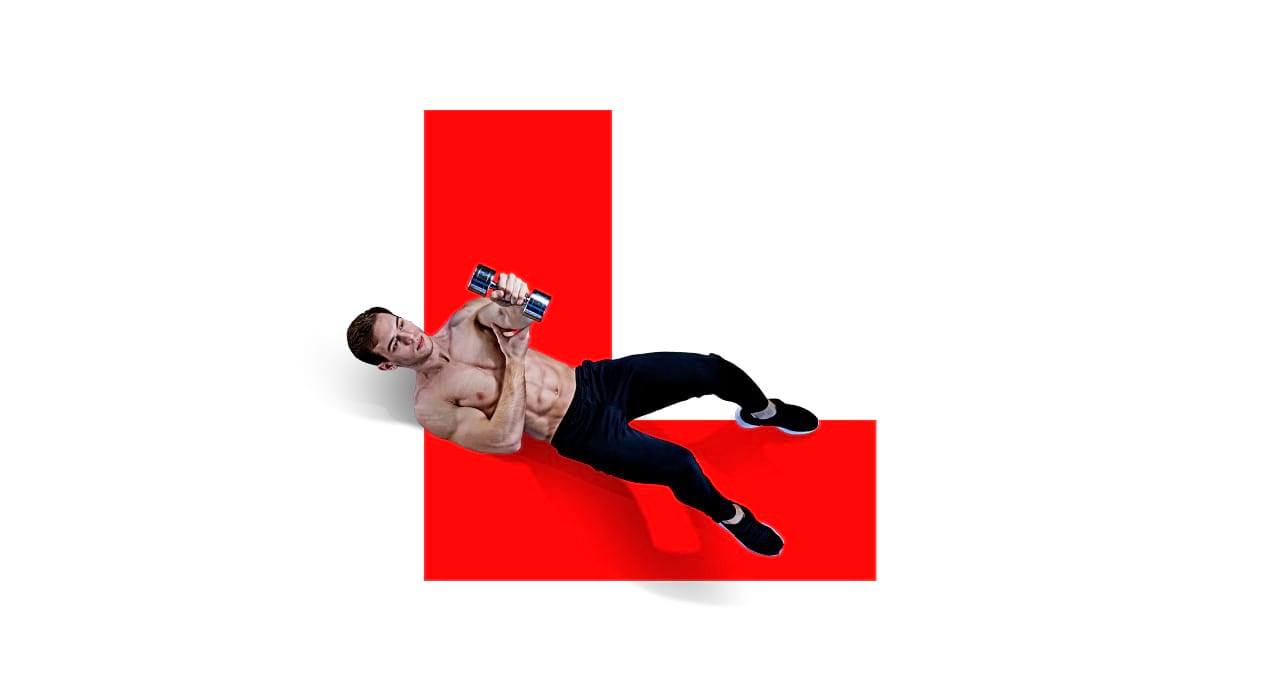We all have to start somewhere. When you sign up to the gym and walk through the glass doors for the very first time, it can be daunting. You’re met with loads of fit, toned athletes who seem to know exactly what they’re doing.
Don’t fret, though. We’ve rounded up some of the most frequent problems that all beginners encounter and offer straight forward, no BS, advice.
1. Being intimidated by everyone at the squat rack
The weight room seems unapproachable the first time you step into the gym. It’s always busy and watching people lifting weights heavier than you are can leave you feeling like you might as well just go home. We’re led to believe that this sacred area is reserved only for hard core gym goers and nothing will be left for you but a sad 1.5lb dumbbell that’ll never see you improving your gains.
The solution:
Remember that most of those in the weight room aren’t going to be judging you (we can’t guarantee everyone, unfortunately). You have every right to be there as everyone else. If you still feel uncomfortable, many gyms offer separate areas where you can grab a mat, some weights and do your routine away from the masses until you feel more confident.
2. Doing a bit of everything, every session
You’ve seen the workout guides online and in fitness magazines, but you have no idea what they mean or how to use them. You think the best thing to do is to spend 15 minutes on the treadmill, 10 minutes lifting weights and then finish with a few crunches at the end to get a full body workout in.
The solution:
It’s all about balance, just as everything is in life. If you’re looking to burn fat then full body workouts are a good way to achieve that goal. The more muscles you work, the more calories you burn. Simple, right?
Not really. This doesn’t mean you should just walk around aimlessly, lifting weights one minute and doing crunches the next. Create a circuit that encompasses a variety upper body, push and leg movements. The simpler, the better.
It also depends on what your goals are. Full body and split training both come with their own unique benefits. Our bodies need time to recover and if every day is leg day you’ll overwork your muscles and risk overtraining. The best way to ensure that you’re achieving your goals is by creating a plan that incorporates both. Without split-based training, you’ll struggle to increase your reps regularly.
3. Not knowing your resistance level
You move from machine to machine, arbitrarily choosing a weight, hoping you’re doing it right. You know that there must be some science behind it but, having not been in the lab since high school, you don’t know where to start.
The solution:
As with any training, how you approach it all depends on what your goals are. To find out which weights you should be using at first, try the dumbbell test. Start by holding your weights by your hips and then without moving your upper arms, curl your dumbbells to shoulder level and then lower them back to your hips. Men should start at between 10-20lb (4.5-9kg) weights and women, 5-10lb (2.2-4.5kg). Aim to hit 14 to 22 reps. If you fail before 14 reps, decrease your weights by 5lb, if you can easily reach 22 reps, increase by 10lb.
Once you’ve figured this out, how you progress will depend on what you’re trying to achieve. If building muscle is your goal, choose a weight that you can do 8-12 reps with. To improve your strength, aim for heavier weights that allow you to train 1-6 reps. Focusing on muscular endurance to help with activities such as swimming? Choose weights that you can train for at least 15 reps.
Whatever you do, don’t push yourself too hard to keep up with the ‘gym bros’ because you’ll end up injuring yourself.
Receive fitness information, nutritional advice and a 12 month digital subscription when you sign up to the TRAIN newsletter.







